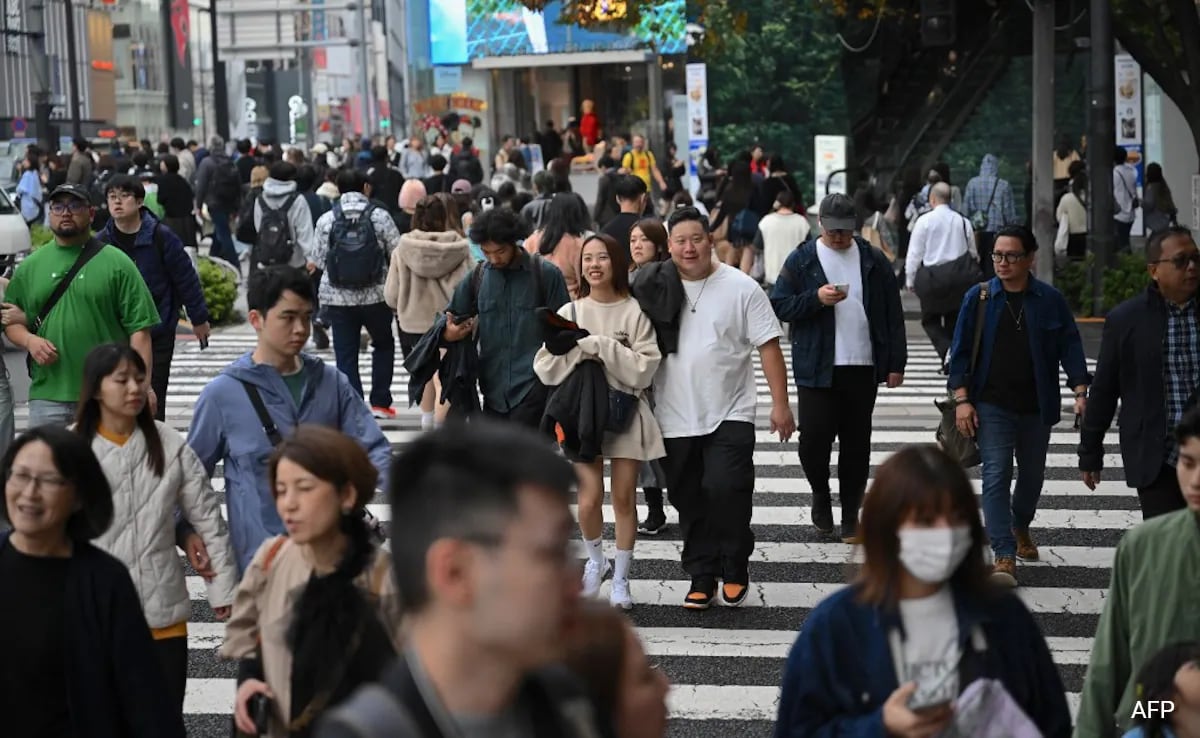2024-11-15 07:34:41

Japan’s growth slowed in the third quarter after warnings of a major earthquake hit activity, official data showed Friday, as Prime Minister Shigeru Ishiba seeks to jumpstart the world’s fourth-largest economy.
A “megaquake” alert in August and one of the fiercest typhoons in decades resulted in gross domestic product (GDP) expanding just 0.2 percent between July and September from the previous quarter, according to preliminary government data.
The data met market expectations, but marked a slowdown from a revised 0.5 percent in the previous three months.
On an annualised basis, GDP grew 0.9 percent, much slower than the revised 2.2 percent growth in April-June.
The government is expecting a “gradual recovery” of the economy — beset for decades by stagnation and harmful deflation — chief cabinet secretary Yoshimasa Hayashi said on Friday.
“Our country is at an important crossroads as it’s about to transition into a growth-based economy driven by wage hikes and investment,” he told a regular briefing.
“To realise that, we will implement all possible economic and fiscal policies, including a package currently under consideration.”
Ishiba kept his job in a parliamentary vote on Monday, despite last month leading the ruling coalition to its worst general election result in 15 years.
The 67-year-old has unveiled plans for the government to support the AI and semiconductor sectors with more than 10 trillion yen ($64 billion) by 2030.
He also hopes to win over opposition parties this month to pass a draft supplementary budget for a new stimulus package — reportedly to include cash handouts for low-income households and families.
Higher spending on cars, as production resumed after disruption related to a domestic testing scandal, helped boost output during the quarter, analysts said.
Wage hikes and temporary income tax cuts were also positive factors.
But this was tempered by Typhoon Shanshan and the “megaquake” alert, issued — and later lifted — by the weather agency in August for the first time under a new warning system.
This prompted consumers to stock up on emergency supplies, leading to shortages of rice in supermarkets, while thousands cancelled hotel bookings in one of Japan’s biggest holiday periods.
Factory production was also hit when Typhoon Shanshan hit in the same month, forcing the cancellation of trains and flights.
Stefan Angrick, Moody’s Analytics economist, called the challenges facing Japan “substantial”, especially with Donald Trump’s return as US president presaging a “tumultuous” time for global trade.
“Wage growth is improving but is not yet strong enough to keep up with inflation, stretching household finances. Weak external demand and domestic production issues will weigh down exports,” Angrick said.
A further slide in the yen against the dollar might prompt the Bank of Japan to raise interest rates before year’s end despite the poor run of data, he added.
(Except for the headline, this story has not been edited by NDTV staff and is published from a syndicated feed.)
Japan,Japan earthquake,Japan GDP growth,Japan GDP,Japan growth
Source link
![]()
